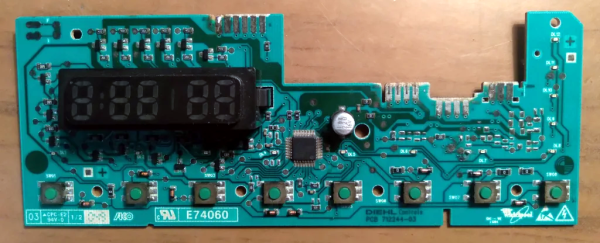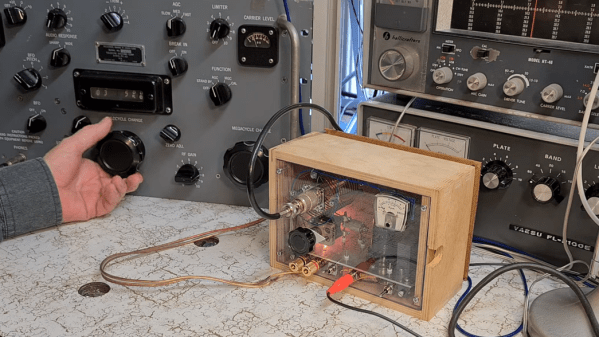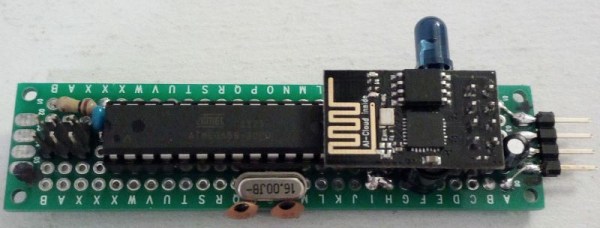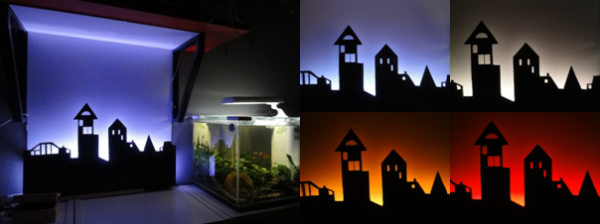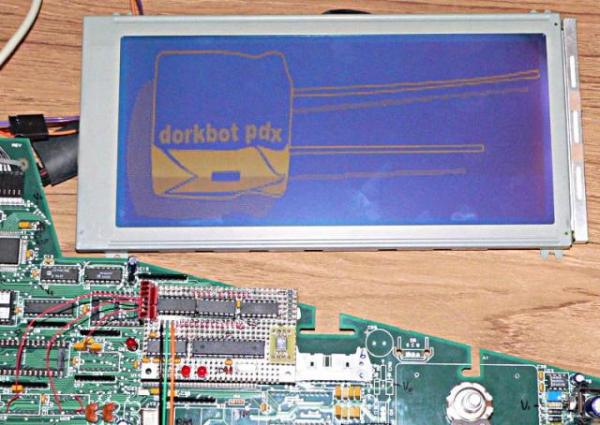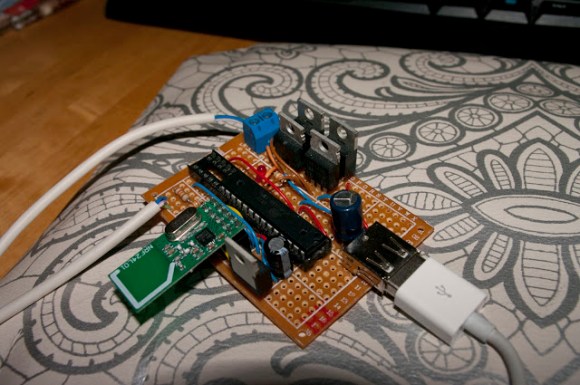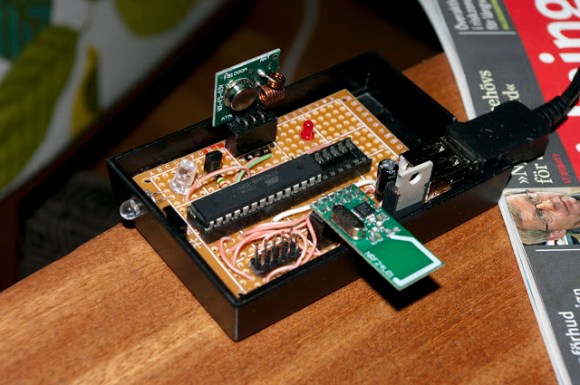We aren’t saying that appliances are a scam, but we have noticed that when your appliances fail, there’s a good chance it will be some part you can no longer get from the appliance maker. Or in some cases, it’s a garden-variety part that should cost $2, but has been marked up to $40. When [Balakrishnan] had a failure of the timer control board for a Whirlpool washing machine, it was time to reverse engineer the board and replace it with a small microcontroller.
Of course, this kind of hack is one of those that won’t help you unless you need exactly that timer board. However, the process is generally applicable. Luckily, the motherboard chip was documented and the timer control board used a simple ATmega88, so it was easy to see that the devices were communicating via I2C.
Reading the I2C bus is easy with a logic analyzer, and this revealed the faulty device’s I2C address. The board that failed was only for display, so a simple program that does nothing other than accept I2C data put the washer in working order. Once it was working with an Arduino, an ATTiny45 did the work with a lot less space and cost.
If you don’t want to reverse engineer the washing machine, you could just replace all the controls. That even works if the old washer wasn’t electronic to start.

